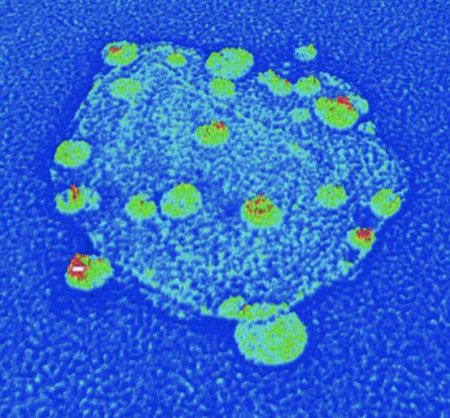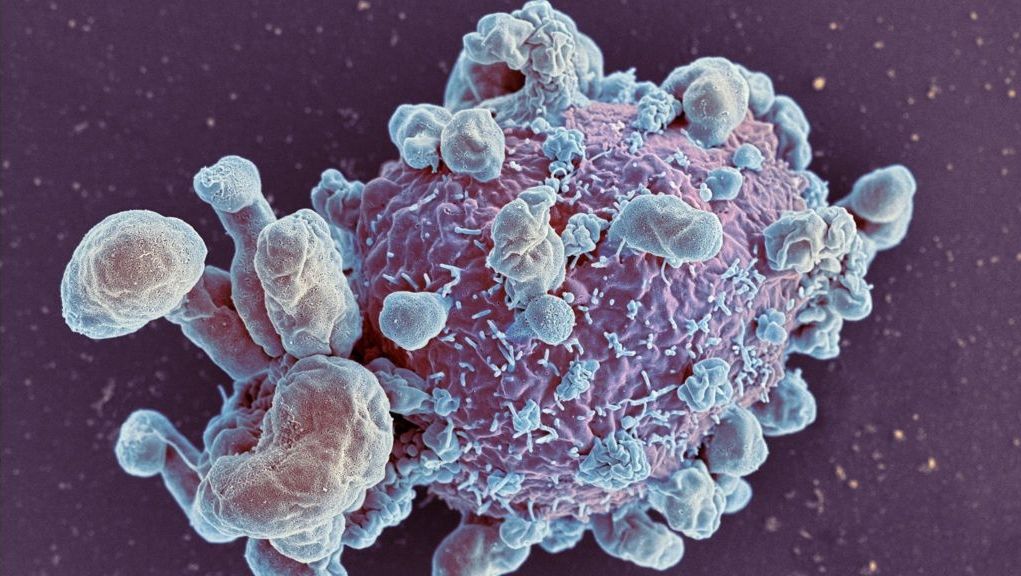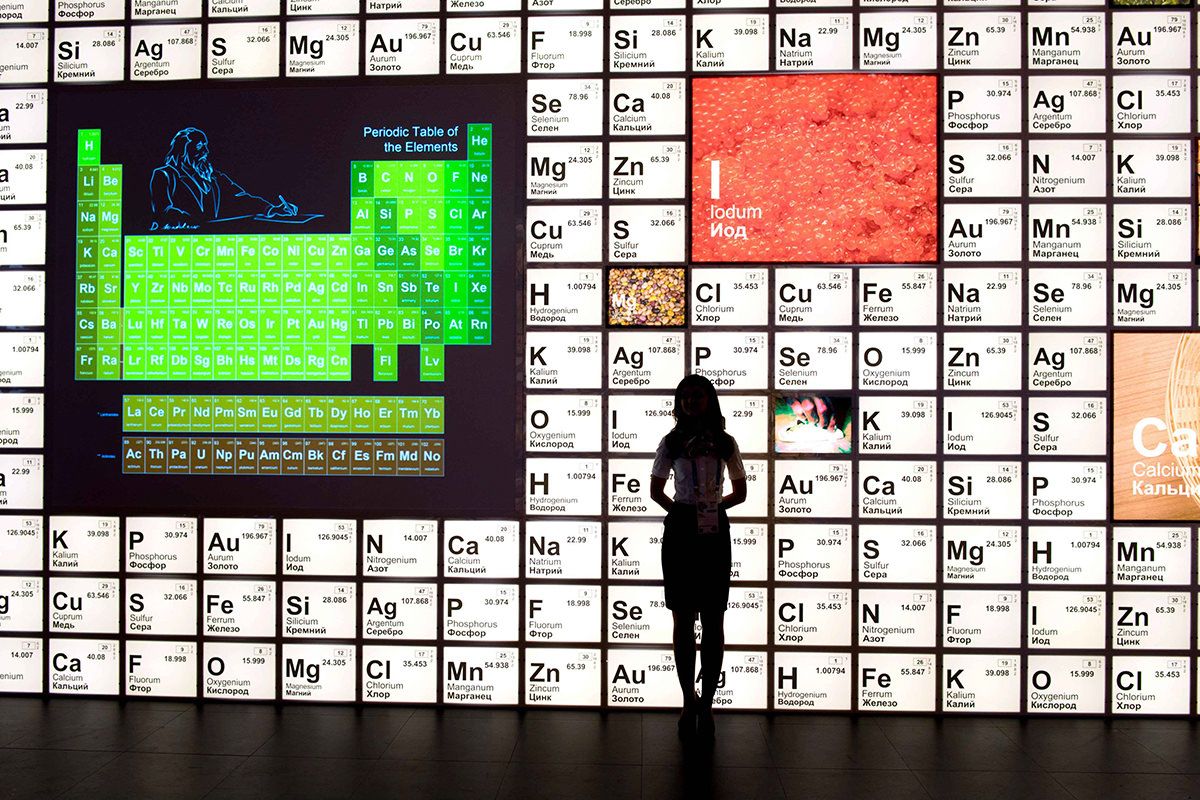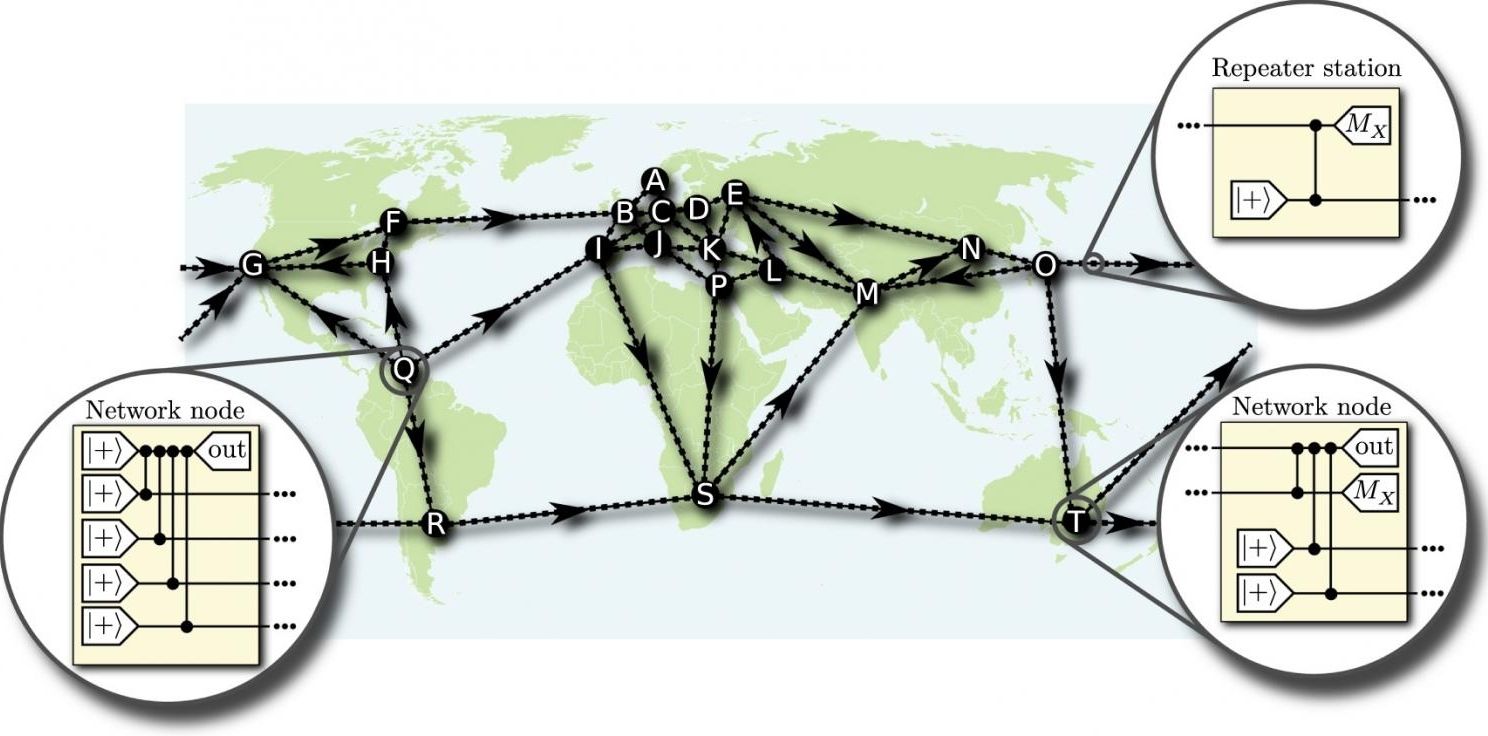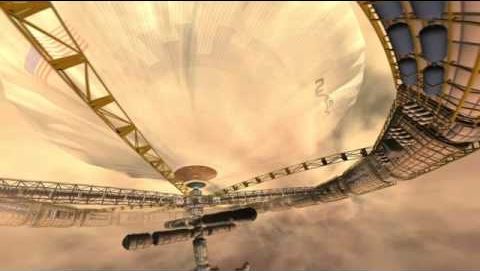Jun 8, 2016
Pairing nanodiamonds with other nanomaterials could enable huge advances in nanotechnology
Posted by Karen Hurst in categories: 3D printing, business, computing, nanotechnology, quantum physics
Very promising. I imagine 3D Printers being able to create synthesize diamonds will be a very profitable business to get in to because of the stabilizing benefits that the nanodiamonds bring to Quantum Computing and nanotechnology in general.
Nanomaterials have the potential to improve many next-generation technologies. They promise to speed up computer chips, increase the resolution of medical imaging devices and make electronics more energy efficient. But imbuing nanomaterials with the right properties can be time consuming and costly. A new, quick and inexpensive method for constructing diamond-based hybrid nanomaterials could soon launch the field forward.
University of Maryland researchers developed a method to build diamond-based hybrid nanoparticles in large quantities from the ground up, thereby circumventing many of the problems with current methods. The technique is described in the June 8, 2016 issue of the journal Nature Communications (“Nanostructures for Coupling Nitrogen-Vacancy Centers to Metal Nanoparticles and Semiconductor Quantum Dots”).
